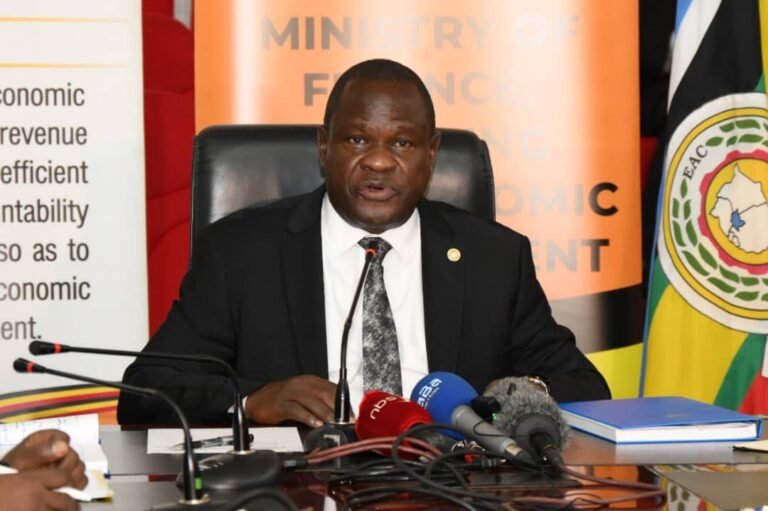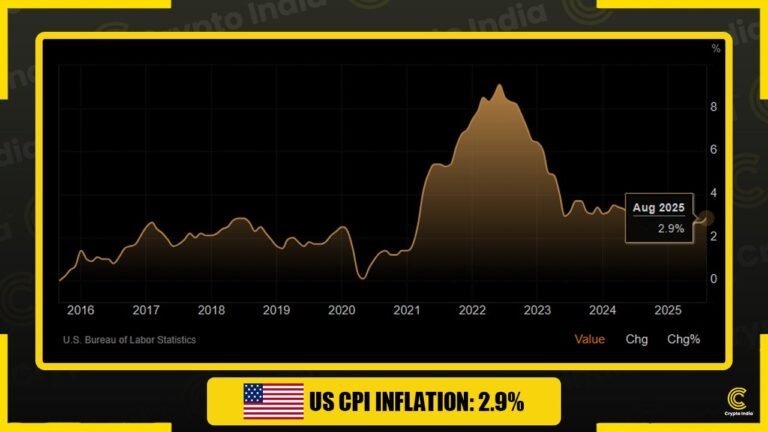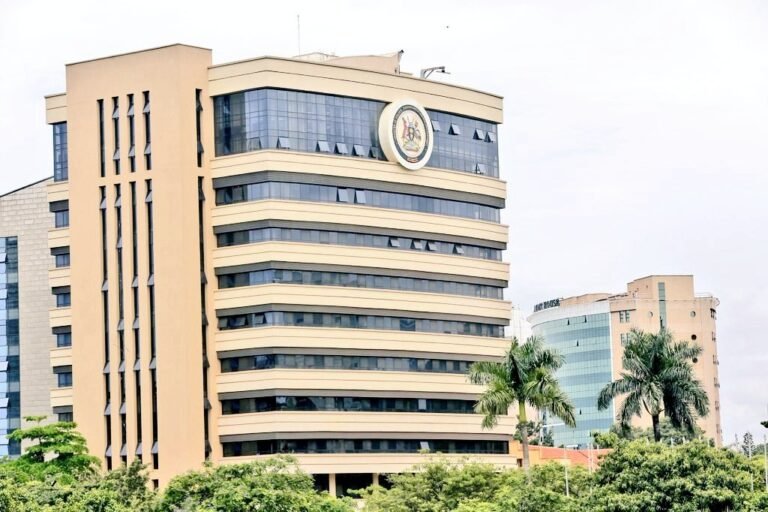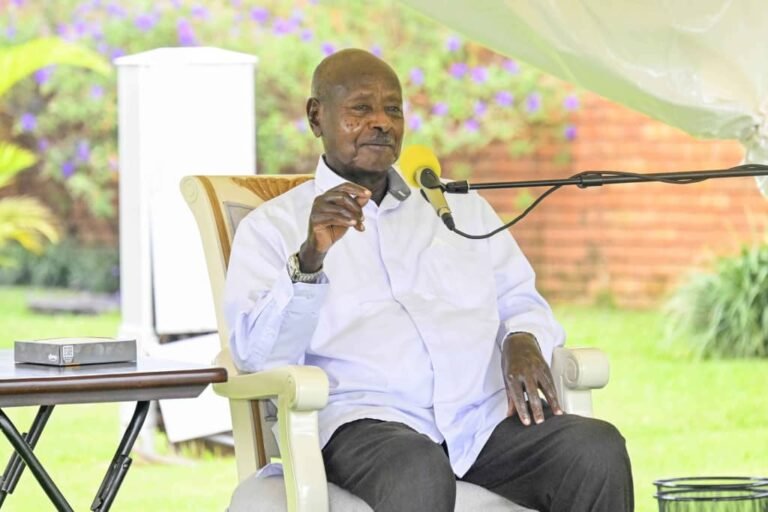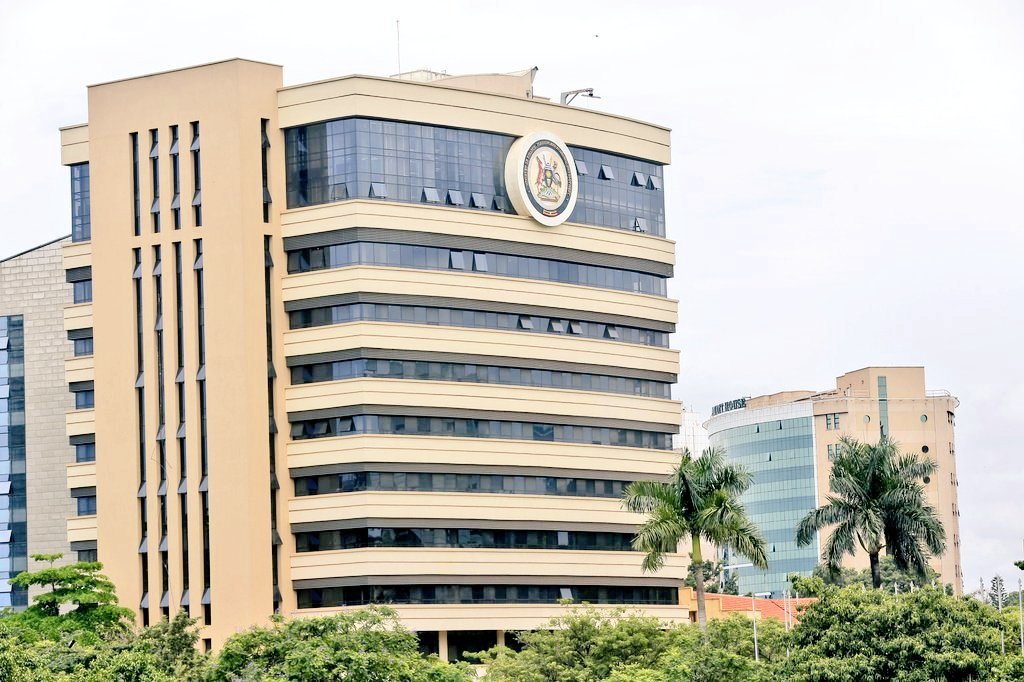
Uganda’s economic performance remained on a positive trajectory in July 2025, marked by a stronger currency, declining inflation, and a significant surge in export revenues, according to the latest economic performance indicators.
Business sentiment and economic activity continued to strengthen throughout the month, as reflected by key high-frequency indicators. The Purchasing Managers’ Index (PMI) and the Business Tendency Index (BTI) both pointed to an optimistic outlook among firms, signaling a robust and confident private sector.
In a welcome development for households and policymakers, the annual headline inflation rate edged lower. It declined slightly to 3.8 percent in July from 3.9 percent recorded in June. This moderation was primarily driven by a notable drop in annual food crop inflation, which fell to 3.2 percent from 4.7 percent the previous month. Core inflation, which excludes more volatile food and energy prices, also decreased to 4.1 percent from 4.2 percent.
The Ugandan Shilling demonstrated notable strength against the US Dollar, appreciating by 0.5 percent. The average mid-rate strengthened to Shs 3,586.57 per USD, up from Shs 3,605.84 in June. Analysts attribute this stability to increased foreign exchange inflows from several sources, including investments by offshore investors, robust remittances from the diaspora, and strong coffee export receipts. The appreciation was further bolstered by what the report described as “well-coordinated monetary and fiscal policies.”
Perhaps the most striking figure was the performance of Uganda’s export sector. Merchandise exports saw a dramatic year-on-year increase, soaring to USD 1,154.4 million in June 2025 compared to USD 702.5 million in June 2024. This impressive growth was largely fueled by higher export earnings from traditional key commodities, including coffee, mineral products, tea, fish, and flowers.
This combination of controlled inflation, a stable and appreciating currency, and booming exports paints a picture of an economy building strong momentum as it moves into the second half of 2025.



